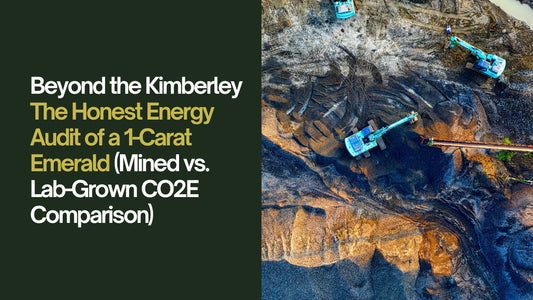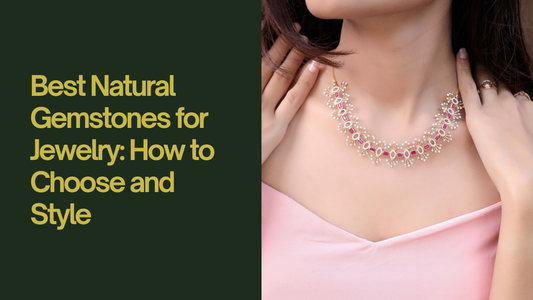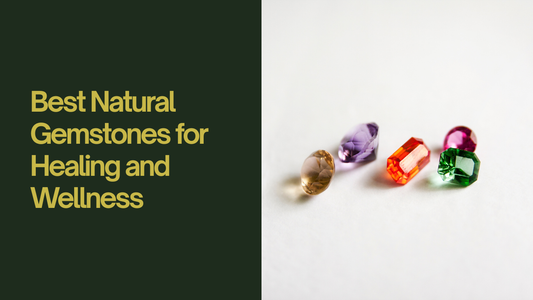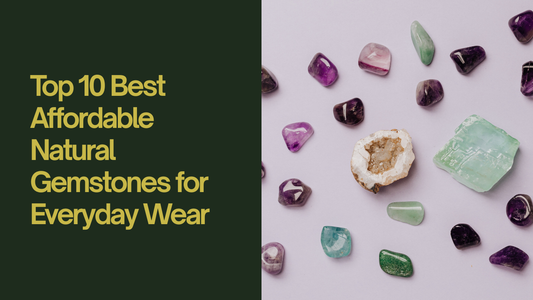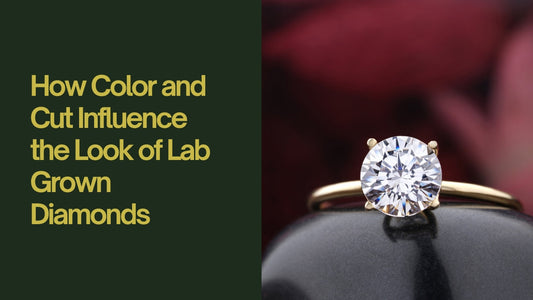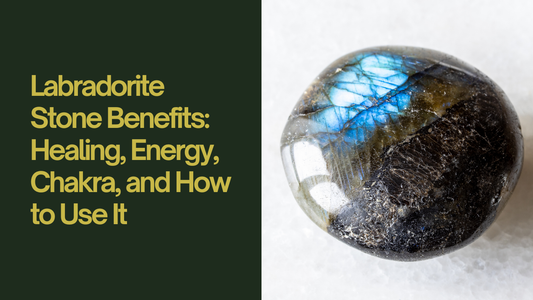
Gemstone Grading Scales Explained: How Professionals Rate Stones
When we think about beautiful gems, we often wonder what makes them special. Is it their color? Their shine? Or is it something else? Just like school grades tell us how well a student is doing, gemstone grading scales tell us how good a gemstone is. This guide will help you understand how professionals rate stones using simple language, examples, and ideas.
What is a Gemstone Grading Scale?
When you buy gemstones, you often see labels like “A,” “AA,” or “AAA” to describe their quality. But what do these grades really mean?

A gemstone grading scale is like a checklist that helps gem experts, called gemologists, decide how valuable and beautiful a gemstone is. They look at different things, such as:
- Clarity: Are there any flaws inside or on the surface?
- Color: How rich and bright is the gemstone’s color?
- Cut: How well is the gemstone shaped and polished?
- Carat Weight: How heavy is the gemstone?
These four things are known as the Four Cs. Let's explore each of them in detail.
Grading Gemstones with A, AA, and AAA
When it comes to colored gemstones like sapphires, emeralds, and rubies, they often get graded with the letters A, AA, and AAA. This is a simpler way to know their quality. Here’s what each of these letters means:
A Grade Gemstones:
These are the most common gemstones. They have good color but might have some visible inclusions.
If you buy an "A" grade emerald, you might notice that it has some small marks inside and the color is not as bright as higher-grade gems.
Quality: Basic, but still pretty!
AA Grade Gemstones:
These gemstones are better quality than "A" grade. They have brighter color and fewer inclusions.
A "AA" sapphire will have a rich blue color but may still show a few tiny inclusions under a magnifying glass.
Quality: Very good for most jewelry.
AAA Grade Gemstones:
"AAA" grade gemstones are the highest quality you can find. They have the best color, are almost flawless, and shine brightly.
A "AAA" ruby will have a perfect red color, and it will look clean even if you use a magnifying glass to inspect it.
Quality: Top-tier and very rare, which makes them more expensive.
Example of Gemstone Grading
Let’s say you want to buy an emerald ring. The jeweler shows you three options:
- A Grade Emerald: This one is green but has some white marks inside. The color is not super bright, and the price is lower.
- AA Grade Emerald: This one has a brighter green color and fewer marks, but you can still see tiny spots if you look closely.
- AAA Grade Emerald: This one is a bright, glowing green with almost no marks. It’s the most expensive because it’s rare and looks perfect.
Now, based on what you like and your budget, you can decide which grade of gemstone fits best for you.
What About “Eye Clean” and “Loupe Clean”?
Some gemstones are called "eye clean", meaning they have no marks or inclusions you can see with just your eyes. "Loupe clean" means there are no marks even when you look at the gemstone with a jeweler’s loupe (magnified 10 times).
- AAA gemstones are often loupe clean.
- AA gemstones might be eye clean.
- A gemstones might show marks even without magnification.
The Four Cs of Gemstone Grading

1. Clarity
Clarity is all about how clear or clean a gemstone is. Imagine looking at a glass of water. If it’s clear, you can see right through it. But if there are bubbles or dirt, it’s not as nice to look at. The same goes for gemstones!
Gemstones can have small imperfections inside them, called inclusions, or on their surfaces, known as blemishes. Gemologists use special tools to see these imperfections.
Here are the clarity grades you might hear about:
- Flawless (FL): No inclusions or blemishes at all!
- Internally Flawless (IF): No inclusions, just tiny surface blemishes.
- Very Slightly Included (VS): Minor inclusions that you can see with a magnifying glass.
- Slightly Included (SI): Inclusions that are easy to spot with the naked eye.
- Included (I): Inclusions that are very obvious and can affect the stone’s appearance.
For example, an emerald that is Internally Flawless will be much more valuable than one that has noticeable inclusions.
2. Color
Color is one of the most exciting parts of a gemstone! Different gemstones come in various colors, and some colors are more prized than others.
When gemologists grade color, they consider:
- Hue: This is the basic color, like red, blue, or green.
- Saturation: This tells how bright or intense the color is. A very bright red ruby is more valuable than a pinkish one.
- Tone: This describes how light or dark the color is.
For example, a deep blue sapphire is usually worth more than a light blue sapphire because it has better color saturation.
3. Cut
The cut of a gemstone is how it has been shaped and polished. A well-cut gemstone reflects light beautifully and sparkles like stars! Gemologists look at how well the gem has been cut and how well it shows off its color and clarity.
There are different styles of cuts, such as:
- Round Cut: This is the most popular shape for diamonds.
- Princess Cut: This is a square shape that is also very popular.
- Emerald Cut: This cut has long, rectangular facets and is often used for emeralds.
A gemstone that is cut well will be more valuable than one that is cut poorly, even if they are the same type of gemstone.
4. Carat Weight
Carat weight tells us how heavy a gemstone is. One carat is equal to 200 milligrams. Bigger gemstones are generally more valuable, but the quality (based on the other Cs) matters too.
For example, a 1-carat diamond that is flawless and has a beautiful cut will be much more valuable than a 5-carat diamond with many inclusions and a poor cut.
Why is Gemstone Grading Important?
Gemstone grading is important for several reasons:
- Value: It helps determine how much a gemstone is worth.
- Trust: Buyers can feel confident knowing that the gemstone has been graded by a professional.
- Understanding: Learning about grading helps you appreciate the beauty and uniqueness of each gemstone.
Caring for Your Gemstones
Once you have a beautiful gemstone, you’ll want to take care of it! Here are some easy tips:
- Clean it regularly: Use a soft cloth and mild soap to keep it shiny.
- Avoid harsh chemicals: They can damage the stone.
- Store it safely: Keep your gems in a soft pouch or a fabric-lined box.
By taking care of your gemstones, you’ll help maintain their clarity, color, and beauty!
Conclusion
Gemstone grading scales may seem complex, but they help us understand the quality and value of these beautiful stones. By knowing about the Four Cs—clarity, color, cut, and carat—you can appreciate gemstones even more!
Next time you see a sparkling jewel, remember the grading scales and think about what makes that gem special. Whether it’s a diamond, emerald, or ruby, every gemstone has its story to tell. Happy gem hunting!
FAQs
What does "AAA quality" mean?
AAA quality means a gemstone is almost perfect, with very few inclusions and a beautiful color.
How do I know if my gemstone is valuable?
You can check its clarity, color, cut, and carat weight. The higher the grade in each category, the more valuable it is!
Can gemstones be graded differently?
Yes! Different types of gemstones have different grading scales. For example, rubies and emeralds have different standards than diamonds.
Feel free to share this guide with your friends and family to help them understand how professionals rate stones!
